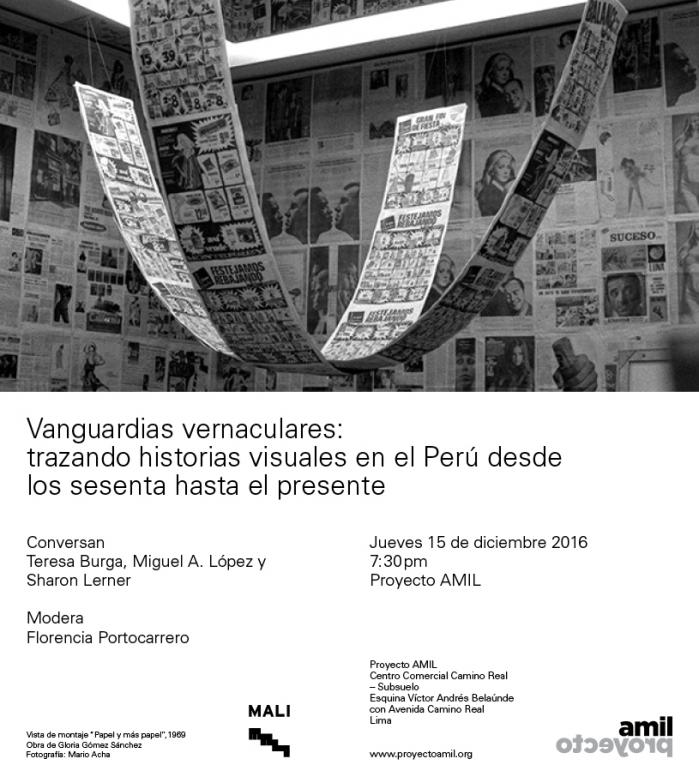
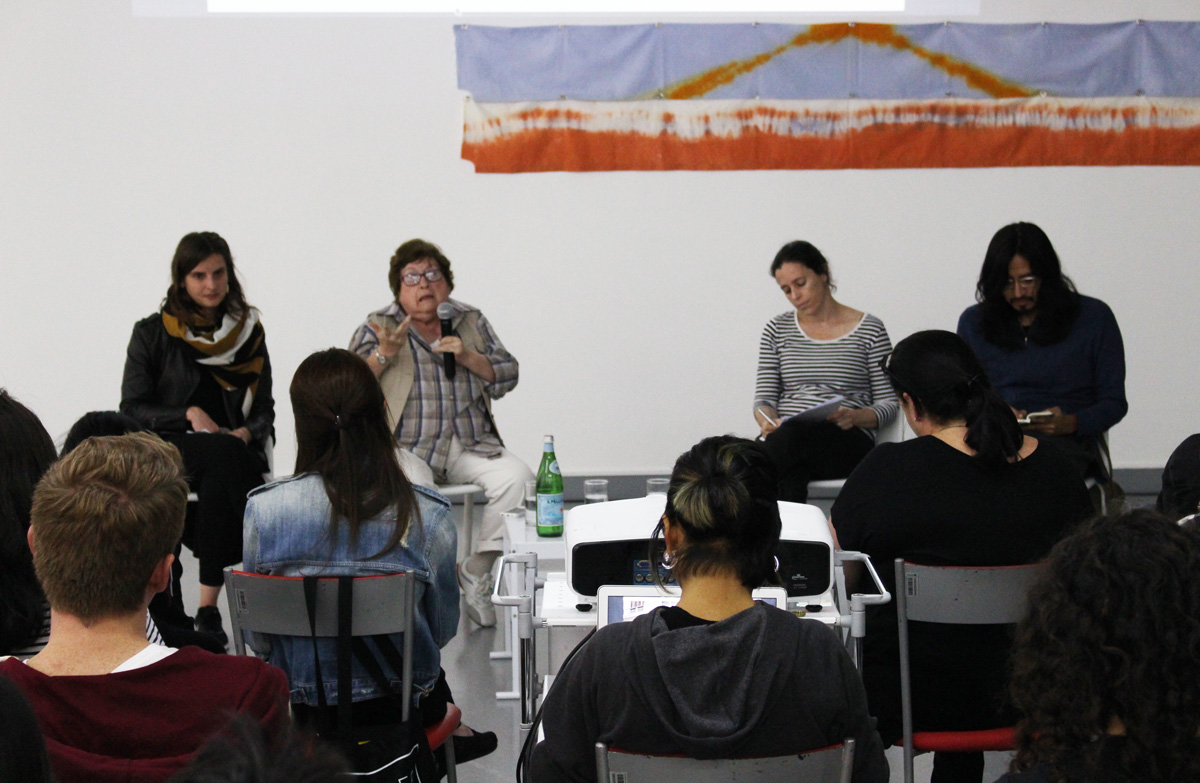
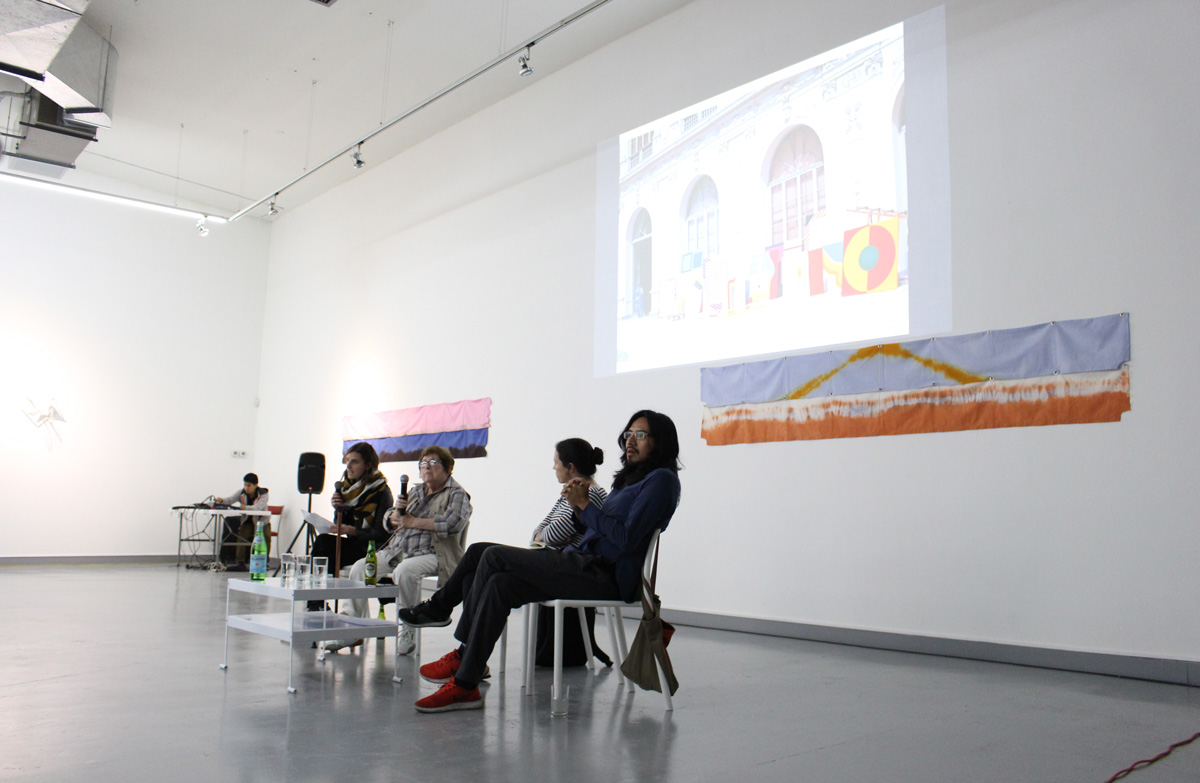
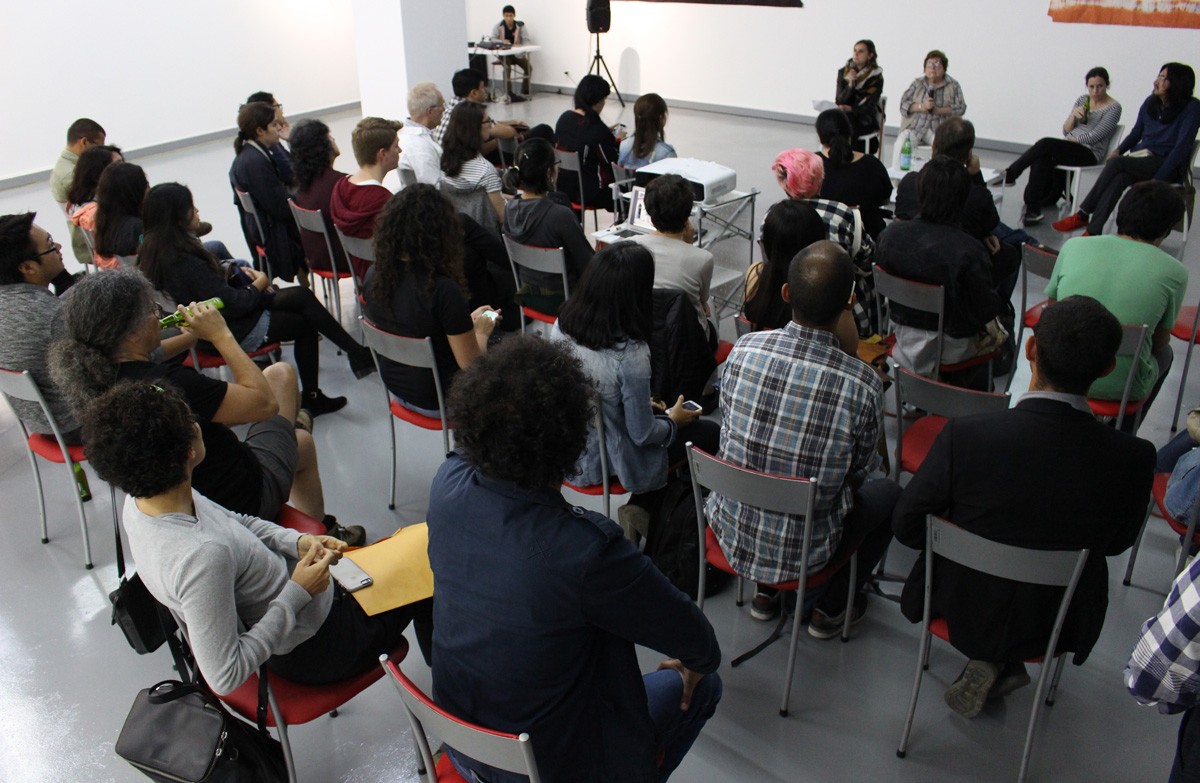
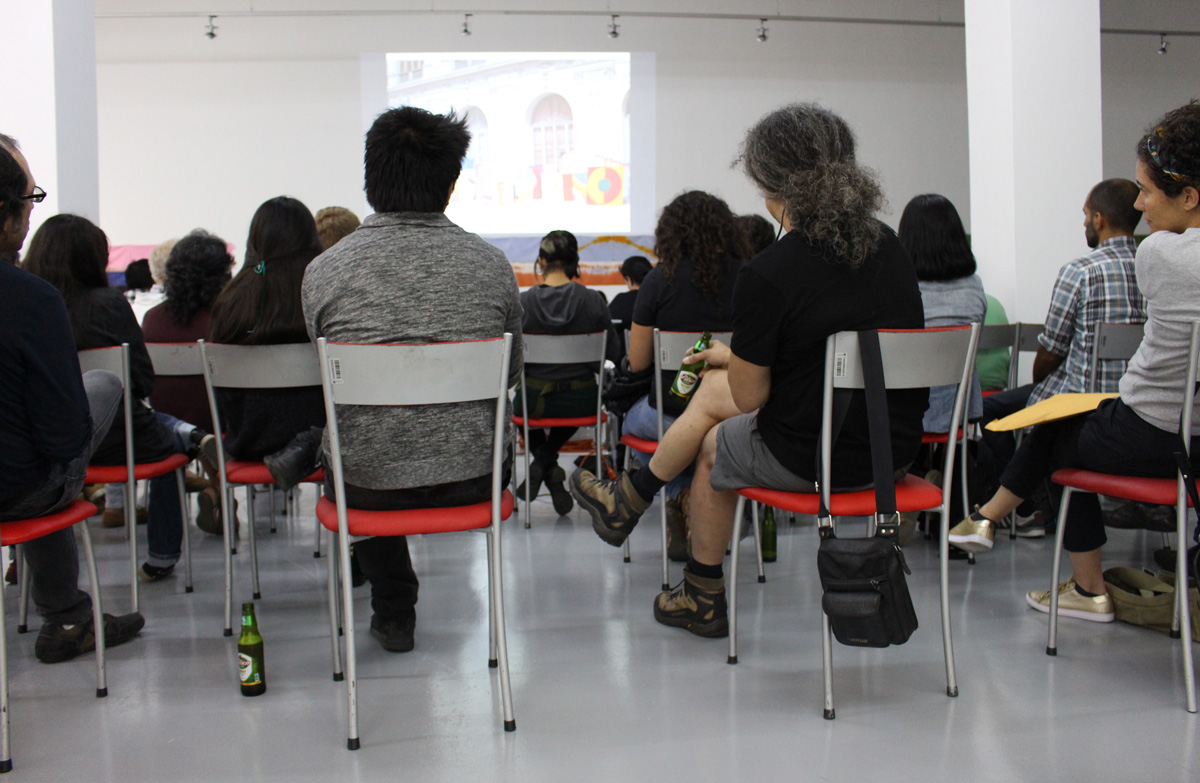
tracing visual histories in Perú from the sixties to the present
In conversation: Teresa Burga, Miguel A. López and Sharon Lerner.
Moderator: Florencia Portocarrero
Thursday 15 September, 7:30pm
Proyecto AMIL, Lima
Known for his subtle and intimate works, Richard Tuttle has been a highly influential figure in the international contemporary art scene for more than 40 years. Although his practice has followed its own unique path, much of his work is associated with the post-minimalism and process art that prevailed in the American art scene in the 1970s. These movements in themselves were a result of a series of political and social transformations; namely, the transition from an industrial to a service economy, the Vietnam war and the counter-cultural movements.
Locally, the questioning of traditional systems of representation in favour of concepts and ideas, or just processes, saw its peak with the artistic collective Arte Nuevo and the reflections of the art critic Juan Acha on “non-objectualism”. But what were the social factors that triggered such processes of dematerialization of the artwork in Perú? How did our local context transform the formal guidelines of these movements? And, more importantly, did these experiences mark the future of Peruvian art?
In the context of al Cielo de Noche de Lima / to The Night Sky of Lima, Richard Tuttle’s two-part exhibition, the Museo de Arte de Lima – MALI and Proyecto AMIL invite Teresa Burga (artist and former member of the artistic collective “Arte Nuevo”), Sharon Lerner (curator of contemporary art at the MALI) and Miguel A. López (chief curator at TEOR/éTica) for a conversation about the influence of the second artistic vanguards in Perú.